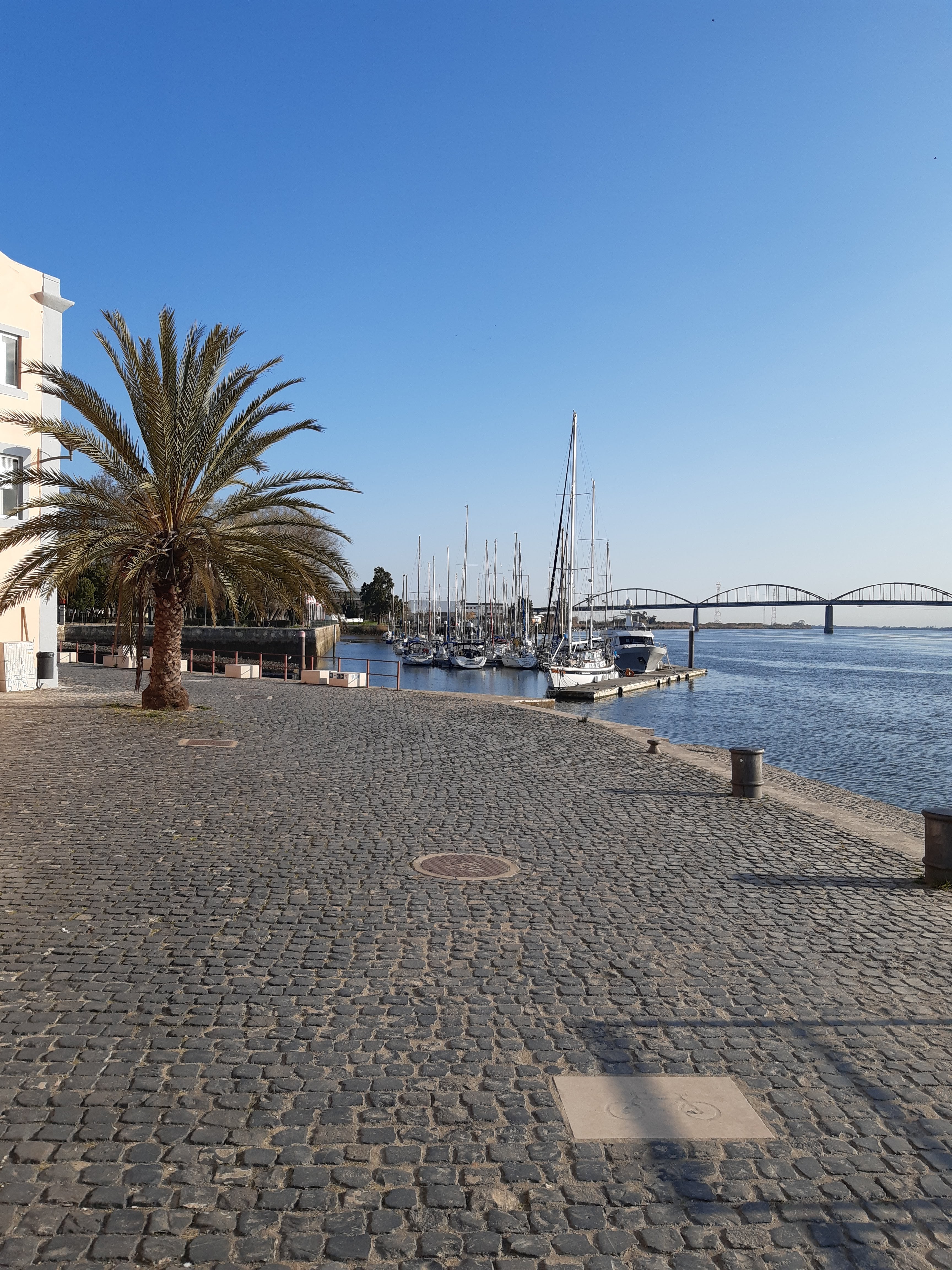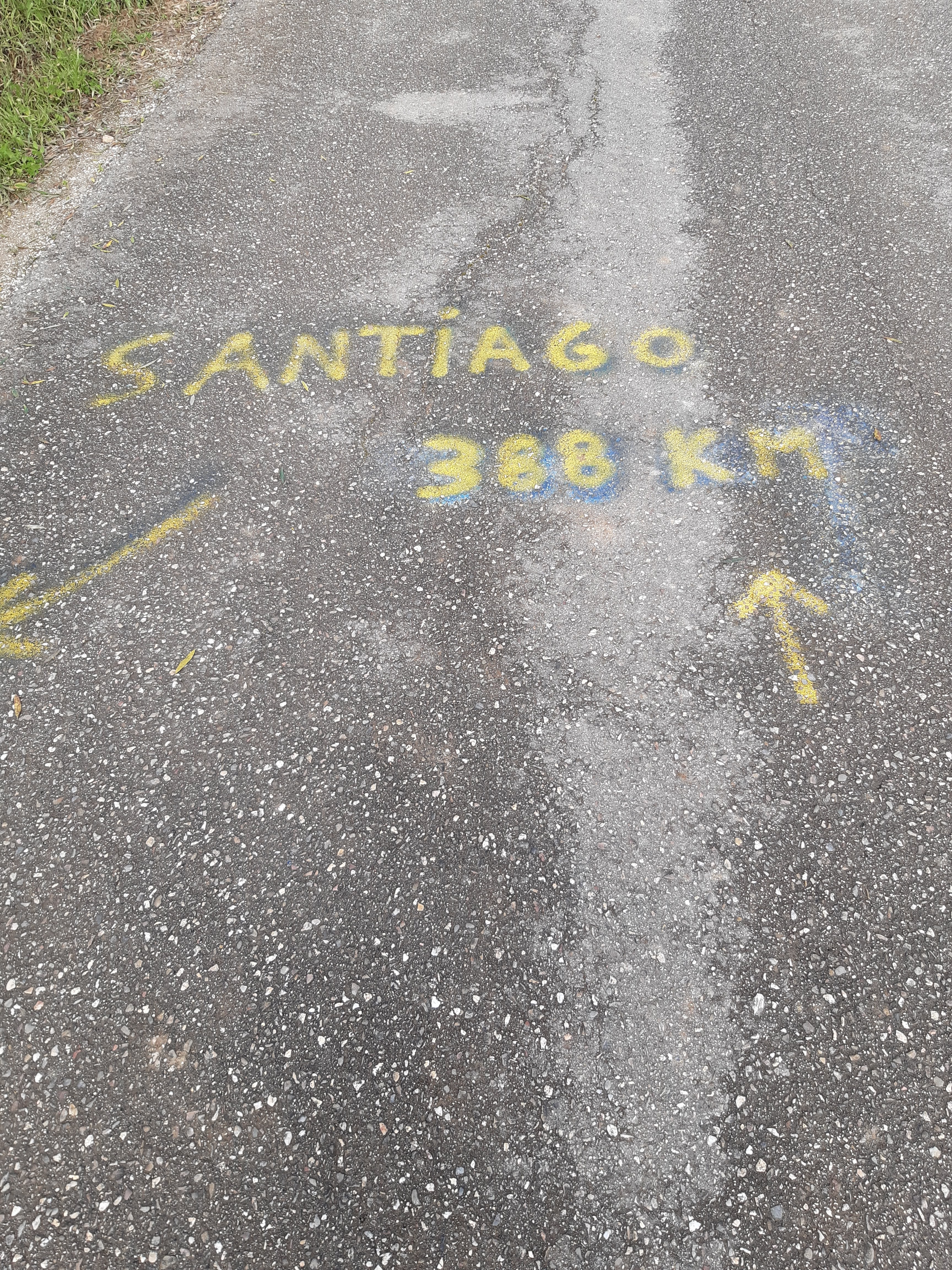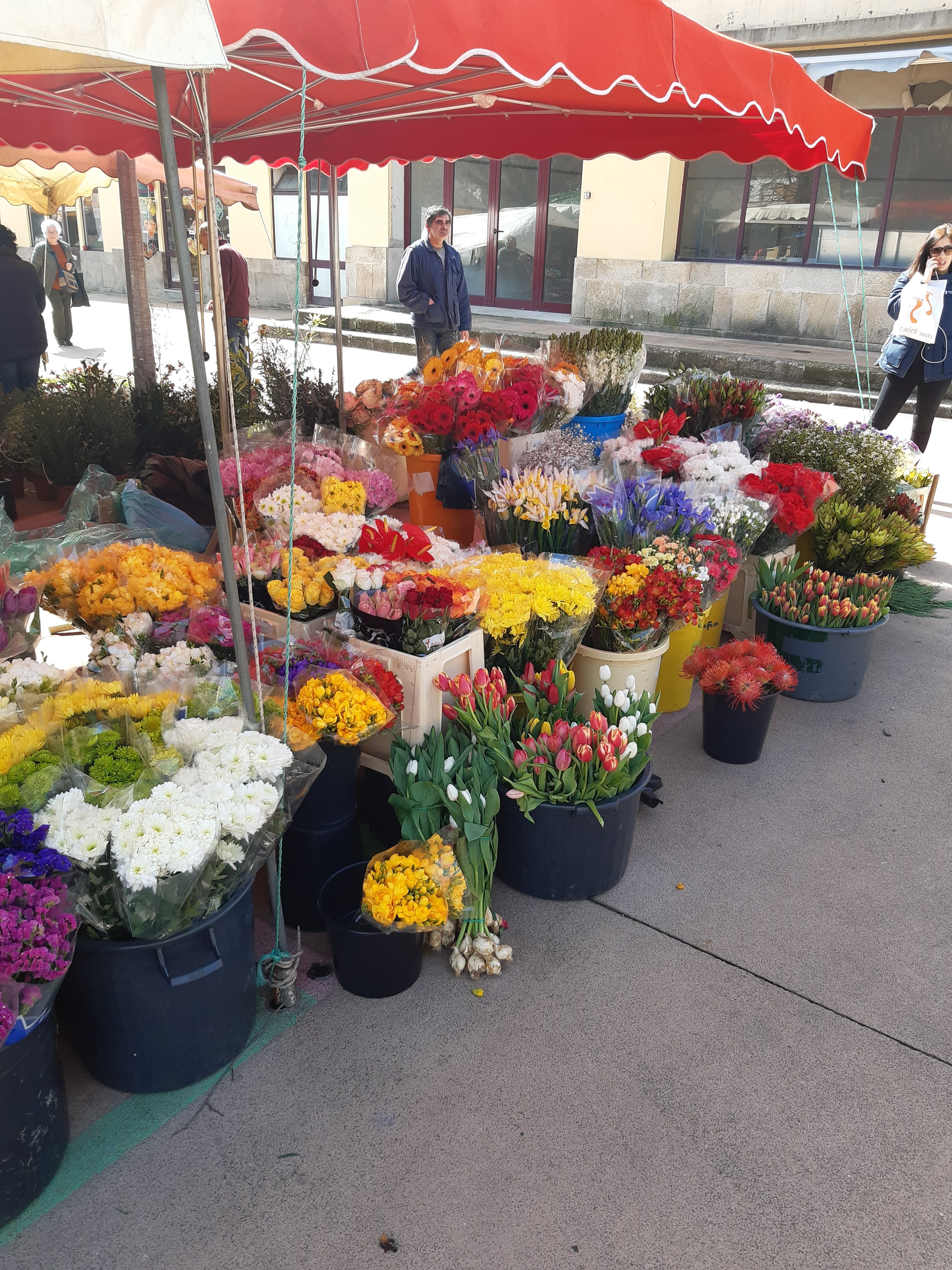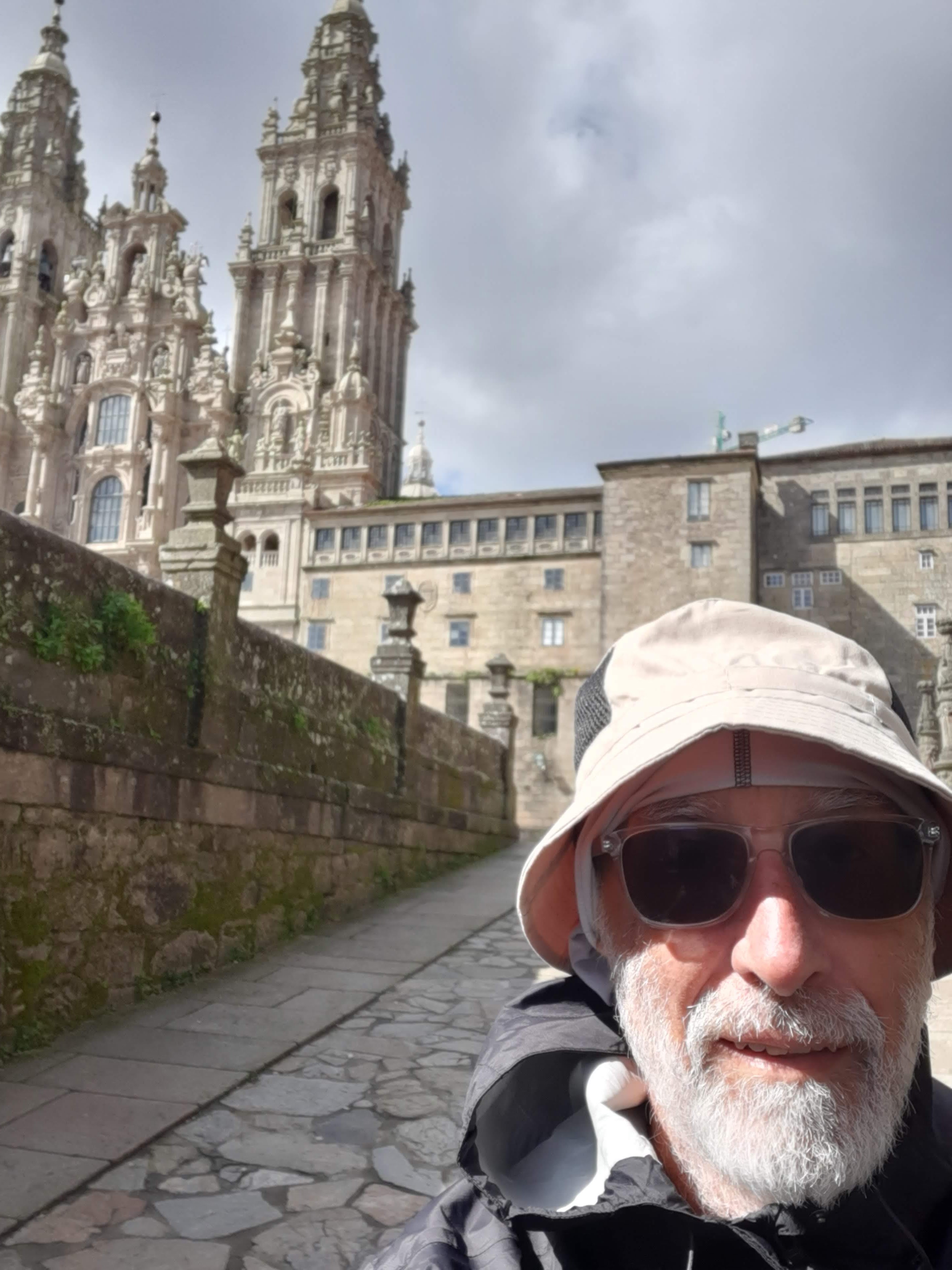
Having completed the Kumano Kodo last year and learnt that by completing both the Camino de Santiago and Kumano Kodo you became a Dual Pilgrim, I decided to tackle the Camino de Santiago.
In researching the many Caminos, my decision of which path to take would be decided on two things. Firstly, I wanted a path less travelled and secondly, I wanted to complete the hike earlier in the year, when fewer Pilgrims would be there.
In going earlier in the year, it counted out the Way of St James or the French Way, as the route over the Pyrenees would be closed. I had not been to Portugal before and with the route there being open, decided I would tackle the Camino de Santiago from Lisbon to Santiago, via Porto, a journey of 640kms.
As previously commented, I wanted a self-guided trip, so looked for operators who would provide such a service. There were two main operators that provided self-guided trips, which included, accommodation, baggage transfers, breakfast, and evening meals. However, their prices seemed very high, so I decided to book the accommodation myself, most included breakfast and carry my own rucksack which I got down to about 7kgs.
Food was easy to find, with many bars and restaurants along the way, most offering 3 course Pilgrim lunches for about 6 or 7 Euros. Booking my accommodation in advance proved to be a stroke of luck, as I will explain later.
I flew into London with Singapore Airlines and headed down to my home town for the “Pilgrimage” part of the trip, to watch my local football team play. They lost, but it was great to watch them play. I then caught a Ryan Air flight from Stansted to Lisbon – geez, they really know how to pack the tourists in, not a lot of legroom! Thankfully it was only a shortish flight. Lisbon is a lovely city, with wide avenues, roundabouts with grand statues, and old buildings merged in with modern architecture.
On Day 1, I made my way to the Cathedral Se in Lisbon and bought my Credencial. This is the document you need to have stamped as you move along, as a confirmation of your journey. From Porto, you must get two stamps on the Credencial each day, to have your journey confirmed and Certificate of Completion issued.
After leaving the Cathedral Se I decided to head to Sacavem, a walk of about 10kms, to ease myself into the journey, rather than do the 30kms plus day walk to Alverca do Ribatejo which was on the tours guides. I had been advised by the lady at the Cathedral, to follow the blue and yellow Camino signs as they would show me the way. I quickly learned, that in larger towns this was not the case and often made my way with my guidebook map or by asking locals which way to go. I got lost pretty quickly and after many false tracks, found my way along the coastline. This was very pleasant, so pleasant in fact that I was not paying enough attention to my footsteps and tripped on a cobblestone that had been lifted by tree roots and did a good swallow dive coming down hard on my knee and shoulder. Not a good way to start. I made it to Sacavem, but could not find the Camino trail for the next day’s start. I headed back to Lisbon by local train and to my hotel. The walk from the train was about 2kms.

The next morning I had planned to walk down to the train station, catch the train back to Sacavem and start walking from there. However, my knee had ballooned and I did not want to add any more kms to the journey than I had to. So I got an Uber back to Sacavem and he dropped me on the N10 highway. Again, I was unable to find the Camino trail and so the days walk was mostly on a very busy road which was not very pleasant and quite tough, my knee now very sore.





I won’t go through the next few days events, but the scenery was not wonderful and out of the next 8 days, 5 were 30kms plus days. The towns I stayed in were lovely and I am sure with more time to look around, particularly Tomar, would have been special. I had booked a mixture of low star hotels and Albergues (Pilgrims Hostels) and could not fault any of them. I had decided to take a rest day in Coimbra, again a town stacked in history, but my knee was still swollen and I had also developed quite bad shin splints in my right leg.



Pushing through to Porto was nicer with the Camino on roads with less heavy traffic. Arriving in Porto, I had booked myself into the Holiday Inn, which was a well-placed hotel close to the Metro system. I arrived looking like a drowned rat as it had pelted with rain all day and was soaked, guess they don’t get too many Pilgrims in there? I had walked 342kms and my knee was now looking a bit better.


Porto was a lovely town, again a good mixture of old and new buildings. And those Portuguese pastries were a treat, good job I was walking a lot to keep the waistline trim. The local Metro system is very good and made it easy to move around, but the impact of Covid-19 was starting to be seen with people wearing masks more and more.



Many Pilgrims start their Pilgrimage to Santiago from Porto and so after 3 days in Porto, I headed off to Vila do Conde, a town on the coast. I had not been able to get accommodation in Vilarinho, so had to do a detour which was good as I actually saw the coast.


The Camino North of Porto was much more pleasant with lots of walking on country lanes and through small villages.







One town I would comment on was Ponte De Lima, on the side of the Rio Lima, as it had a lovely feel about it.



I pushed on to the Portuguese and Spanish border, where crossing from Valencia in Portugal to Tui in Spain was just walking over the Rio Minho bridge. No border checks, no police just kept walking. The daily walking distances were now only averaging just over 20kms, which was fine. One accommodation I would mention which was excellent was in Redondela, called the Alvear Suites. A great spot, right on the Camino, more like a small unit with its own kitchen, washing machine all for AUD$65.




However, once I got to Ponteverda on March 13, things changed. The Spanish Government overnight closed all bars, restaurants and hotels could not serve meals due to the Coronavirus, so my daily source of food was gone. I luckily found a small supermarket open and stocked up on food that I could carry and would not go off. It’s amazing what you can survive on. With only 3 days to go, I was not going to stop and with all Albergues now also being shut down, my pre-booking of accommodation proved to be a winner. Someone told me that with the Albergues closed, many Pilgrims had given up and gone home.

On March 15, I arrived in Padron, one day to go. The Spanish Government announced that from 8.00am on March 16, there was to be a lockdown, with people advised to stay inside. I had 28kms to go. So at 7.30am on March 16, I left my hotel in Padron to headed to Santiago de Compostela.

The Camino was again on lovely country lanes, small villages, and low traffic roads which were clearly marked. However, when I got to Santiago, I could not find the Camino signs. There were very few people out and police cars were driving up and down, checking that bars etc were closed. Looking obviously lost, a police car pulled up to talk to me. I asked him some directions, but he was getting aggressive not wanting to get close. He eventually gave me some directions which took me to the Hotel Universal, another great hotel for AUD$66, very close to the Cathedral Se and the airport bus right outside. After checking in,

I made my way to the Cathedral Se, to lodge my Credencial, only to learn that the Cathedral and the Pilgrim’s Office was closed until further notice. So I had to leave my documents in the Post Box provided, with the promise that the Pilgrims Office would return them to me when able.
I had planned to have a day in Santiago de Compostela to look around and organise myself. However, with the Covid 19 lockdown ramping up and Iberia rumoured to be stopping operations, I rearranged my flight to an earlier one and was able to leave Spain and get back to the UK.
Whilst not a religious person, it was an anti-climax not to go through the process and acknowledgment of completing the Camino Portugues Pilgrimage from Lisbon and the recognition of being a Dual Pilgrim. I was however happy with my effort of completing the 640kms journey, a personal achievement. I loved the days walking on country lanes and roads, walking through small villages and having a coffee in the small bars. The solitude of the journey I really enjoyed not travelling in a group, setting my own timeframes, pace and breaks were great. I will definitely do more self-guided hikes in the future, where able. By doing the accommodation bookings myself, I also saved a lot of money.
The Caminos seem to be very popular and social. Many people seem to go back year after year, doing different hikes. For me, I am happy that I did the Portuguese Camino, especially in an offseason, with few people on the trail.
When going back over my photos I notice that I have taken very few photos of buildings or towns but more of country lanes. I guess that’s because I enjoyed them the most.

